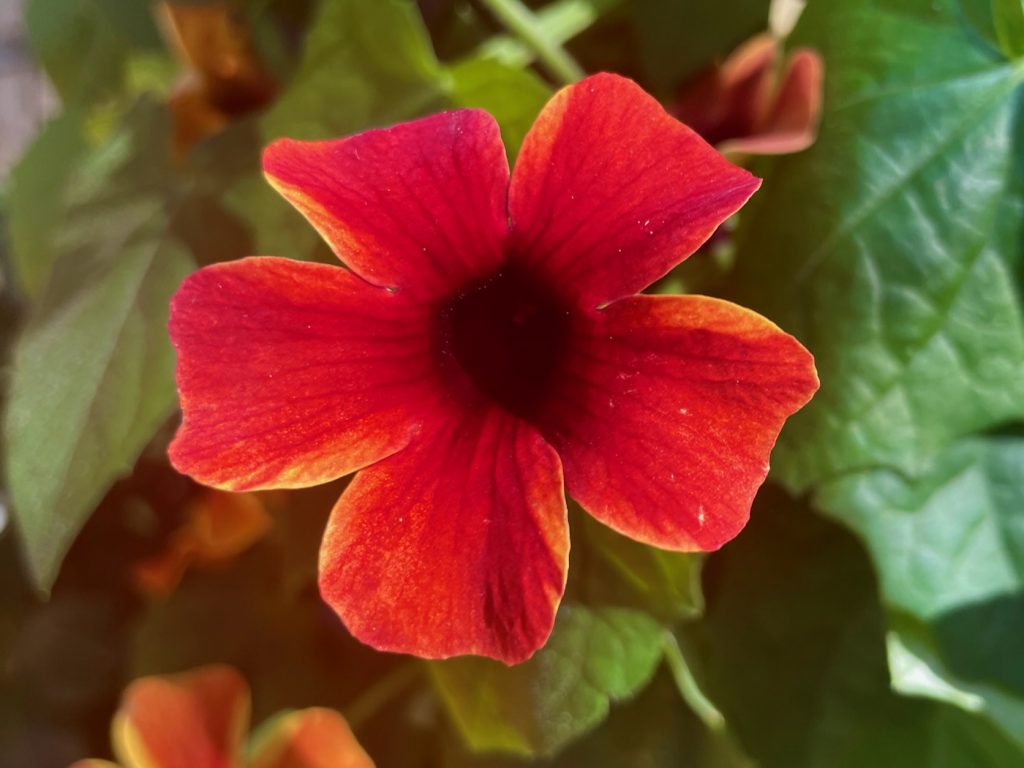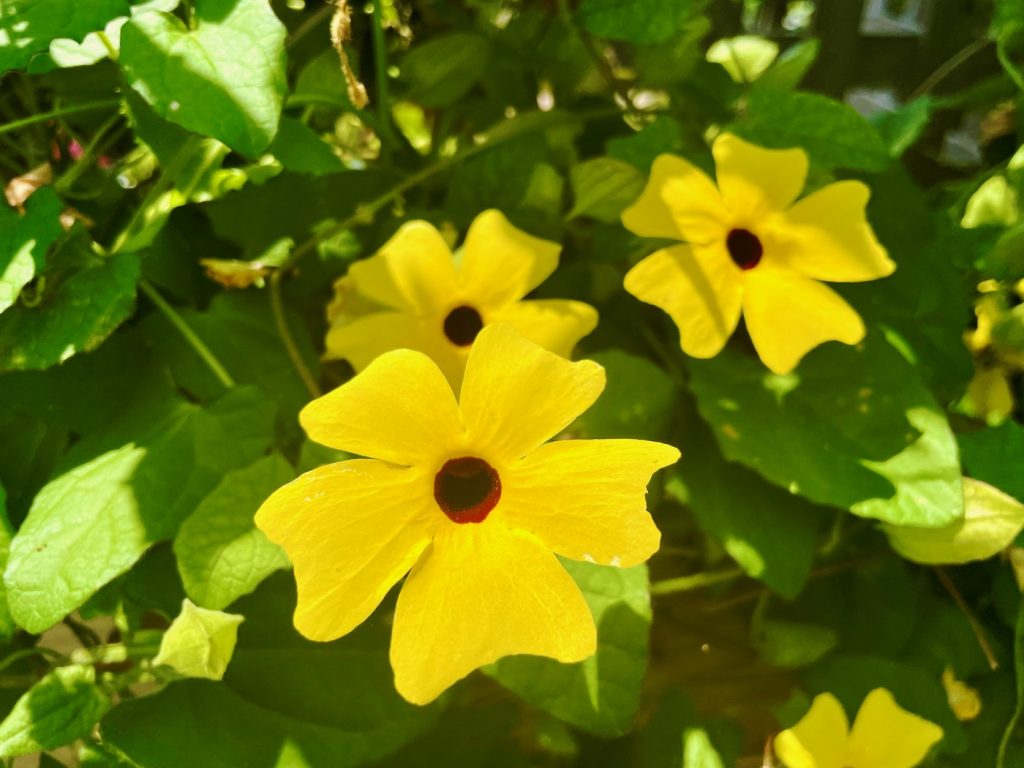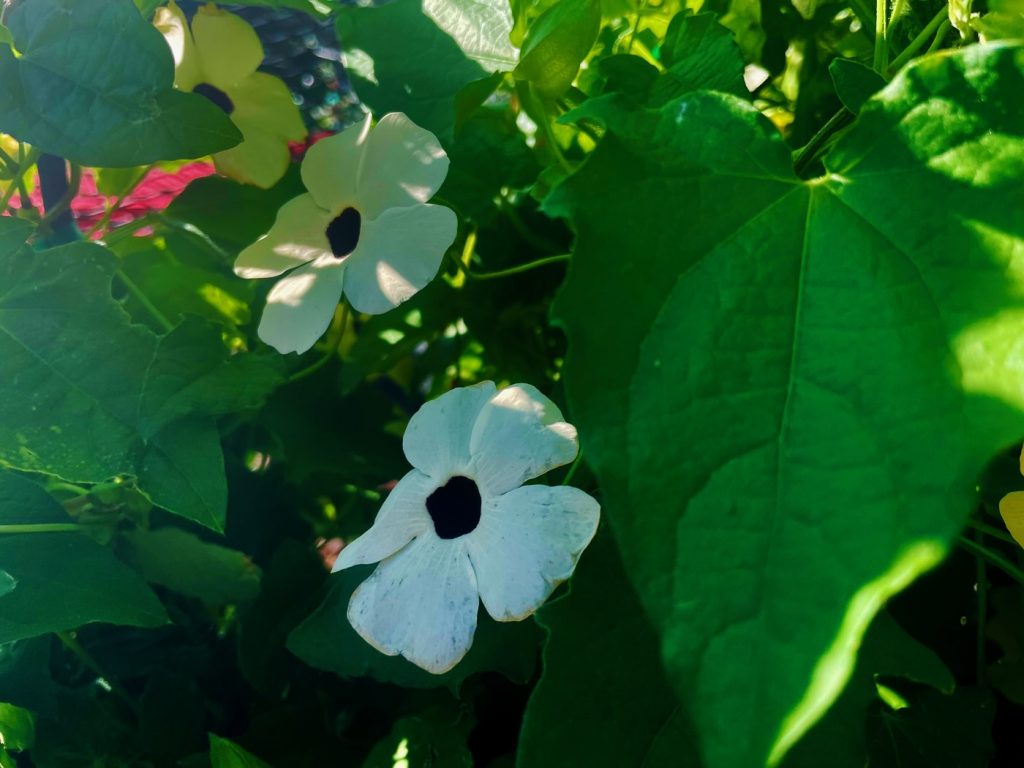Gelsemium sempervirens: Adding Elegance and Fragrance to Your Landscape
Background and Family: Gelsemium sempervirens, commonly known as Yellow Jessamine, Carolina Jessamine, or Yellow Jasmine, belongs to the Gelsemiaceae family of plants. It is a native perennial climber found in tropical and subtropical regions of the Americas, including Honduras, Guatemala, Belize, Mexico, and the Southern United States. This enchanting vine has also been given various other names, such as Evening Trumpet Flower, False Jasmine, Woodbine, or simply Gelsemium.
State Flower of South Carolina: The Yellow Jessamine holds the honor of being the official state flower of South Carolina, USA, symbolizing its natural beauty and cultural significance.
Characteristics and Description:
Growth Habits: Gelsemium sempervirens is a twining vine with a reddish-brown stem that can reach heights of up to 20 feet (6 meters) when provided with proper support. Its vigorous growth and climbing ability make it an ideal choice for covering fences, trellises, or arbors, adding vertical interest to the landscape.
Leaves: This evergreen climber features ovate-lanceolate leaves, approximately 10cm or 4 inches in size. The leaves are typically green in color, providing an attractive backdrop throughout the year. However, during winter, some leaves may display purplish or yellow tones, adding a touch of seasonal variation.
Flowers: Gelsemium sempervirens produces clusters of striking trumpet-shaped flowers. The blooms exhibit a captivating yellow color with orangish throats, creating a delightful contrast against the foliage. These fragrant flowers make a charming addition to gardens, attracting bees and other pollinators with their sweet nectar. The blooming period occurs in spring and continues through the summer, enhancing the overall beauty of the vine.
Toxicity and Medicinal Uses: It’s important to note that Gelsemium sempervirens is a plant with toxic properties. It contains strychnine-related alkaloids and should be handled with caution. While the plant has been used in traditional medicine, its toxicity requires careful handling and expert knowledge. The nectar of Yellow Jessamine is toxic to honey bees, although bumblebees can still benefit from its nectar source.
Hardiness and Cultivation: Gelsemium sempervirens exhibits a hardiness to temperatures as low as 23°F or -5°C, allowing it to thrive in a range of climates. When cultivating this vine, it is crucial to provide suitable conditions for its optimal growth.
Cultivation of Gelsemium sempervirens:
Sunlight and Soil: Yellow Jessamine thrives in areas with full sun exposure or partial shade. It prefers moderately fertile soil that is well-drained to ensure the health and vitality of the plant.
Propagation and Disease Resistance: Propagation of Gelsemium sempervirens can be achieved through seed or semi-hardwood cuttings, typically conducted during the summer months. This climber is generally disease-free, but vigilance is still necessary. One common pest to watch out for is whitefly, which can be addressed using appropriate pest management techniques.
By incorporating Gelsemium sempervirens into your landscape, you can enjoy its elegant growth, vibrant yellow flowers, and alluring fragrance. Whether adorning fences, trellises, or other supporting structures, this climber adds a touch of natural beauty and enchantment to any garden setting. However, always exercise caution due to its toxic nature and seek professional guidance for any medicinal applications.





